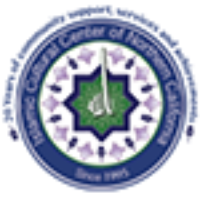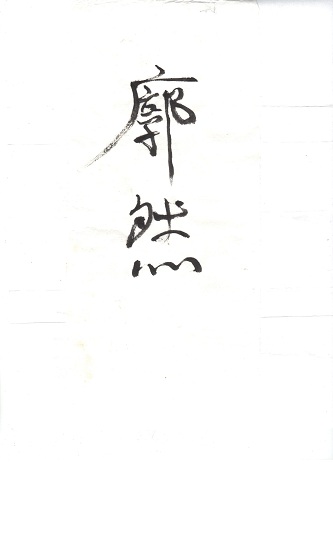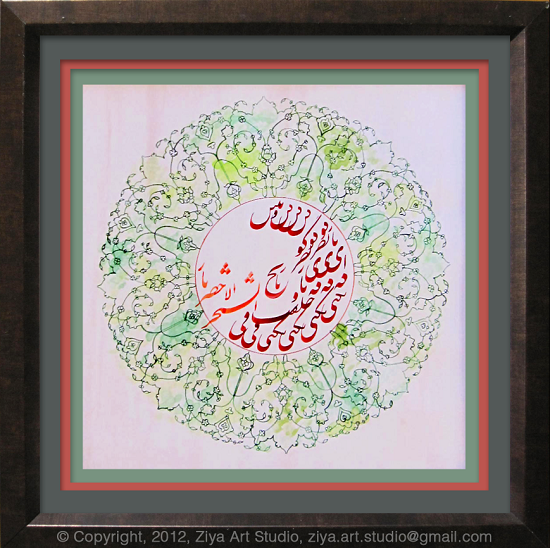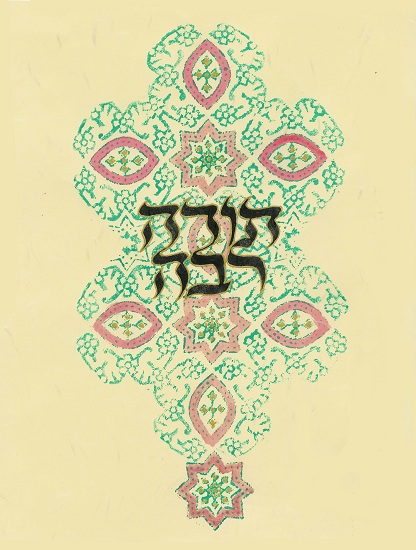
Islamic Cultural Center of Northern California
The Islamic Cultural Center of Northern California is a nonprofit organization serving the Muslim-American and greater Bay Area communities. ICCNC provides a dynamic space that cultivates an exchange of ideas about Islam through art, culture, and education. In existence since 1996, ICCNC provides religious services to Bay Area Muslims, a weekend Farsi school for children, and various cultural and social programs. Their arts and cultural activities welcome the general public.
In 2014, ICCNC received a grant from ACTA’s Living Cultures Grants Program to support their Traditional Song & Spirit series. A series of music concerts and workshops at the ICCNC will feature various traditional music and musicians from the Islamic world. The so-called “Muslim world” is a diverse collection of countries and traditions that span North Africa to Malaysia, and now includes the U.S. as an important hub for the preservation, performance, and hybridization of these diverse traditions. As an important presenting organization in the Bay Area with a dedicated season of offerings devoted to the arts and cuture, ICCNC has a significant track record of successful arts events, and strives to better connect Muslims to their rich cultural traditions, while also bridging Muslim and non-Muslims together through the arts.
In 2013, ICCNC received a grant from ACTA’s Living Cultures Grants Program to support the Calligraphies in Conversation project. Two exhibits are featured in a series of public exhibitions and workshops that showcase traditional Islamic calligraphy in dialogue with calligraphic and textual art from other religions and cultures. Partnering with Ziya Studio, a group of Persian-schooled calligraphy artists in Berkeley, the living traditional art form will be brought to a culturally diverse audience in March and will examine sacred text art with an interfaith focus. The second exhibition planned for September 2013 focuses on the connections between Islamic and Chinese calligraphic traditions which will be held at the Oakland Asian Cultural Center.




